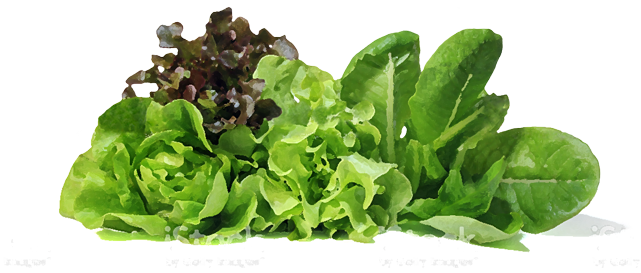Everything you need to know about: Italian Radicchio
12th May 2016
In the UK we use radicchio as a garnish, to add some colour to a salad or as a cheap filler incbag filler. In Italy radicchio is seen as much, much more than that, especially in its home region of the Veneto in the North East of the country. There they grill it, roast it, use it in risotto, make pesto from it and stuff ravioli with it. It now has IGP protection in Italy organized by the different varieties. So, much like being allowed to call champagne, champagne you can only call a round head of radicchio Chioggia if it is grown in the small defined area of radicchio Chioggia IGP.
History
Radicchio is, like most of the Italian’s favourite vegetables, a very old plant. Pliny swore by its blood purification and sleep aid properties. He attributes the radicchio to an Egyptian genetic breeding product on chicory. Radicchio is still a variety of chicory and is not a lettuce or cabbage as is often believed.
It took a further step on its journey to the product we know nowadays during the 1860s when a Belgian agronomist named Francesco Van den Borre came to Treviso and brought with him the knowledge of a blanching technique already used on Belgian endives. Radicchio farmers quickly adopted it.
Along the river Po, the river that flows through the Veneto, each town has its own special variety, for the most part named after the town itself. The four main varieties of radicchio are Chioggia, Treviso, Verona and Castelfranco.
The Varieties

Chioggia
Chioggia is the most popular and widely used variety. It is the one we use in the UK. It is a round head of plant which means that it offers the consumer the most uninterrupted surface of the deep red colouring. It was created through genetic selection by local farmers in the early 1900’s for exactly this reason. The IGP area for Chioggia includes just ten towns from the boroughs of Venice (where you find Chioggia itself), Padua, and Rovigo.

Treviso Precoce
Treviso precoce is a longer head than Chioggia and the white veins are more pronounced. It has a distinctive bitter taste and the heads are blanched as per the endive procedure to achieve the colouring and flavouring (heads are tied and left without light for two to three weeks post-harvest). The IGP area includes 24 towns in the boroughs of Treviso, Venice and Padua.

Treviso Tardivo
Treviso tardivo is considered the king of radicchio in Italy, a real gourmet specialty. It involves weeks of painstaking manual labour using a very traditional forced growing and blanching method to produce the white ribs with red tops. After harvest the heads are left in tanks of running resurgence water for two weeks. They are then cut, washed and packaged. There are strict regulations on the length and appearance of the root that is left on the head. Radicchio tardivo is crunchy and bitter and are normally eaten cooked.

Verona
Verona is a middle ground between the round cabbage like head of Chioggia and the long oval of Treviso precoce. The IGP area is bigger than Treviso and Chioggia – it includes 56 towns in the boroughs of Verona, Padua and Vicenza.

Castelfranco
Castelfranco is very different in appearance to the other radicchio types with creamy, light green leaves and deep red speckles. It has a sweeter flavour than the other varieties and is thought to have first been cultivated in the 800’s originating from crossing original radicchio plants with an escarole. The IGP area covers 25 towns in the boroughs of Treviso (where the town Castelfranco is found), Padua and Venice.
Seasonality
In the Veneto radicchio is planted late summer and harvesting starts in October/November. The plants are harvested all the way through to the end of February/beginning of March and then the really difficult part of the year begins. The product is stored in large cold stores set at minus 1 degrees C. It is bought out, trimmed and packed as it is needed. This product needs to be of excellent quality before it goes into the store as it needs to last the radicchio farmers until the new season spring/summer product starts. Every year the farmers predict the new crop will be ready at the end of April…and every year it arrives in Mid May. Nail biting times!
This storing process applies to Chioggia, Treviso precoce and Verona. Castelfranco and Treviso tardivo are not strong enough to be stored and so their season runs from just November until March (sometimes April if the weather permits). This makes them a real rarity in our current world where there seem to be no seasons and we expect to have any produce we fancy available to us whenever we want it through global sourcing.
Nutrition
Aside from being low in calories and free from fat and cholesterol radicchio boasts a whole host of health boosting vitamin and mineral compounds. It contains high levels of vitamin K and is positively bursting with phenolic flavonoid antioxidants and B-complex vitamins. It is high in dietary fibre and contains inulin – a compound that helps regulate blood sugar levels reducing the risk of stroke and heart disease.
It also turns out that Pliny was onto something with his recommendation of radicchio for easing insomnia, radicchio contains the compound lactucopicrin (intybin) which aside from having analgesic qualities is also a sedative!
More news
